Encourage your students to illustrate the day and night cycle with this free worksheet.
What Causes Day and Night?
Is this a question that has been popping up in your science class? If you are teaching about the day and night cycle, your students will more than likely have questions about this topic. Let’s take a quick look at what causes our skies to move from light to dark each day.
Day and night are caused by the rotation of the Earth on its axis. The Earth rotates once every 24 hours, or one day. As the Earth rotates, different parts of the planet receive sunlight while others are in darkness, creating the day and night cycle.
The reason for this is that the Earth is a sphere, so only half of the planet can face the sun at any given time. As the Earth rotates on its axis, the part of the planet facing the sun experiences daylight, while the part facing away from the sun experiences darkness, or night.
Easily Download & Print
Use the dropdown icon on the Download button to choose between the PDF or editable Google Slides version of this resource.
Turn this teaching resource into a sustainable activity by printing on cardstock and slipping it into a dry-erase sleeve. Students can record their answers with a whiteboard marker, then erase and reuse them.
Don’t stop there! We’ve got more activities to shorten your lesson planning time:
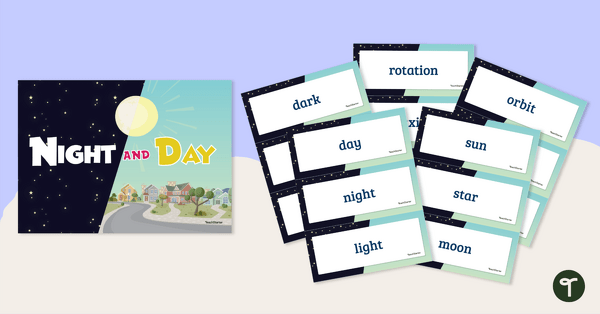
teaching resource
Night and Day Word Wall
Use this set of word wall cards when teaching concepts and vocabulary related to Earth's day and night cycle.
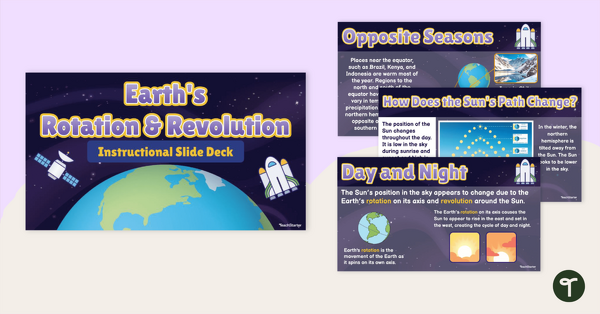
teaching resource
Earth's Rotation and Revolution – Instructional Slide Deck
Explore the difference between rotation and revolution while learning about the day and night cycle, what causes the seasons to change, and more with this instructional slide deck.
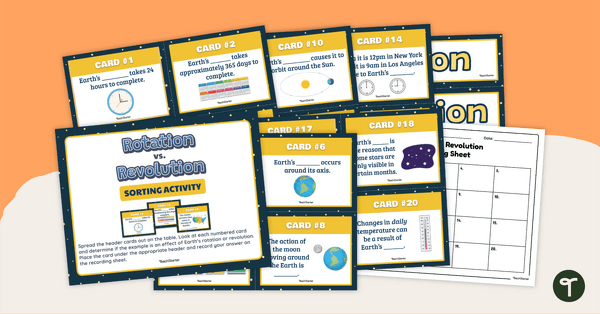
teaching resource
Rotation vs. Revolution – Sorting Activity
Determine if examples are due to Earth’s rotation or revolution with this sorting activity.
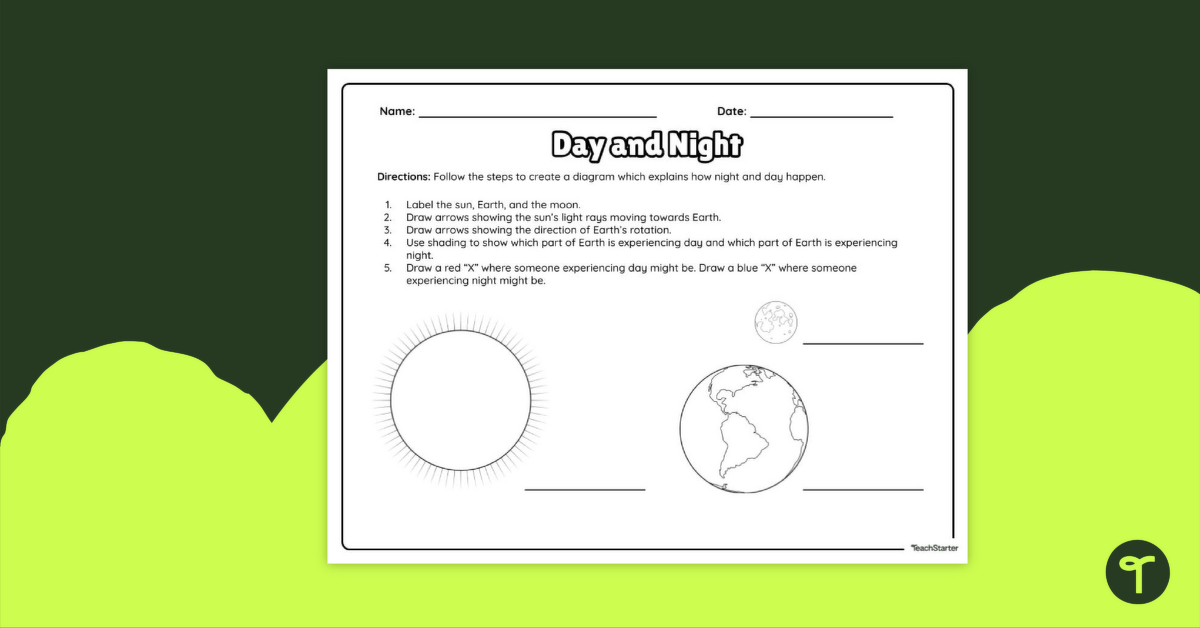


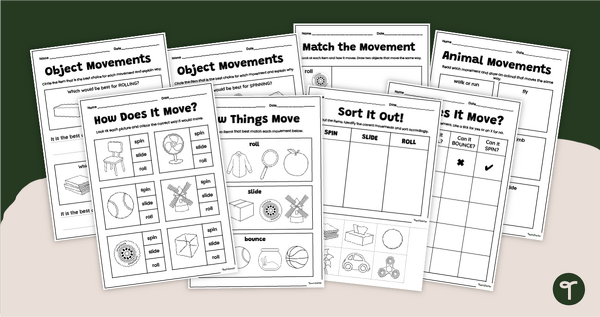
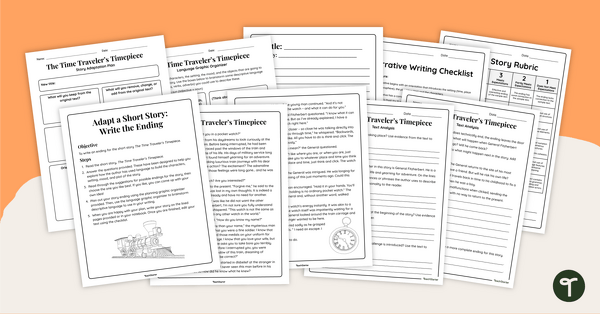


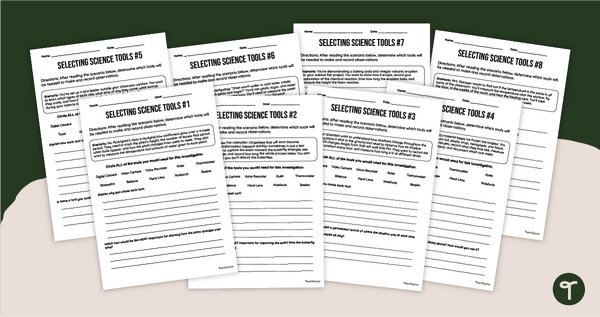
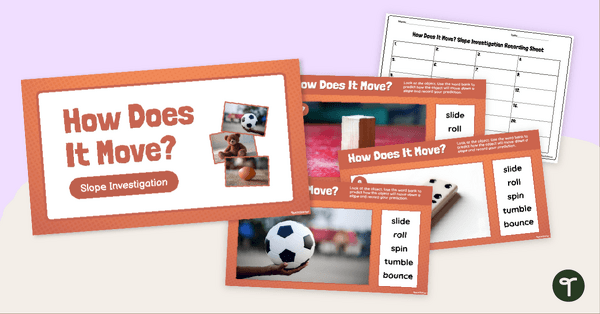


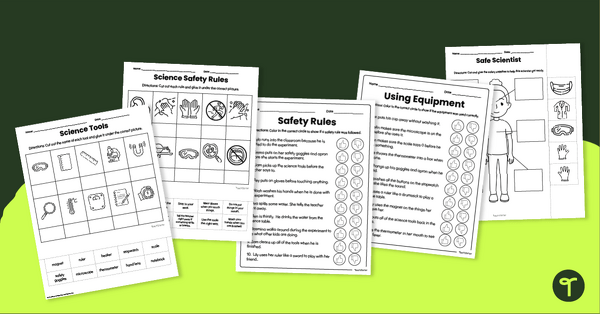
0 Comments
Write a review to help other teachers and parents like yourself. If you'd like to request a change to this resource, or report an error, select the corresponding tab above.